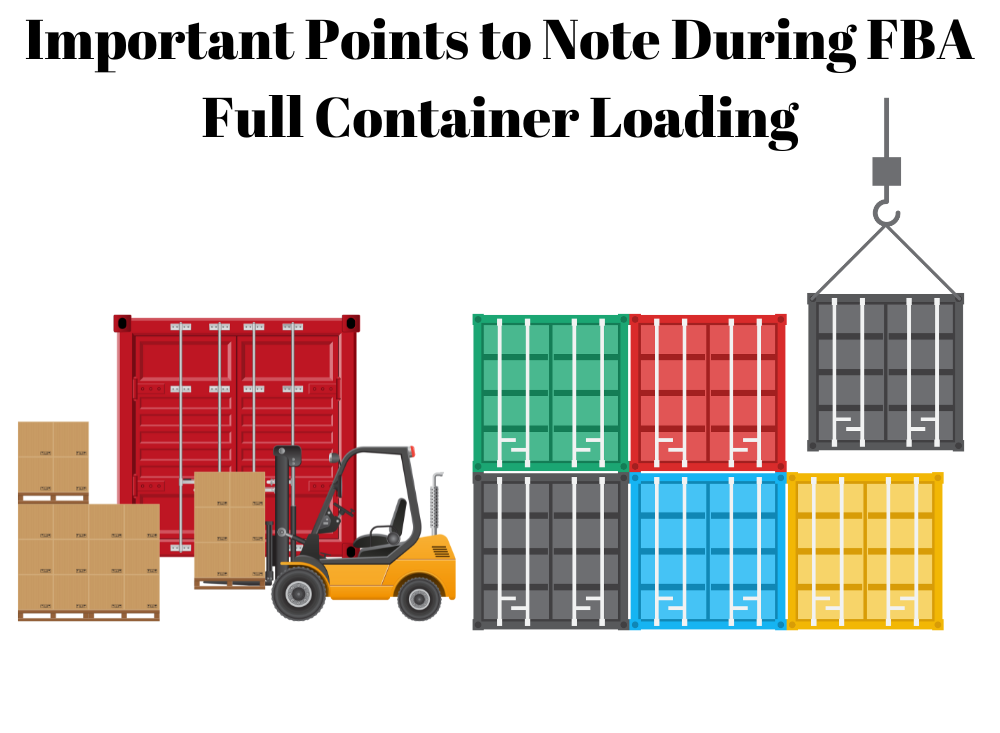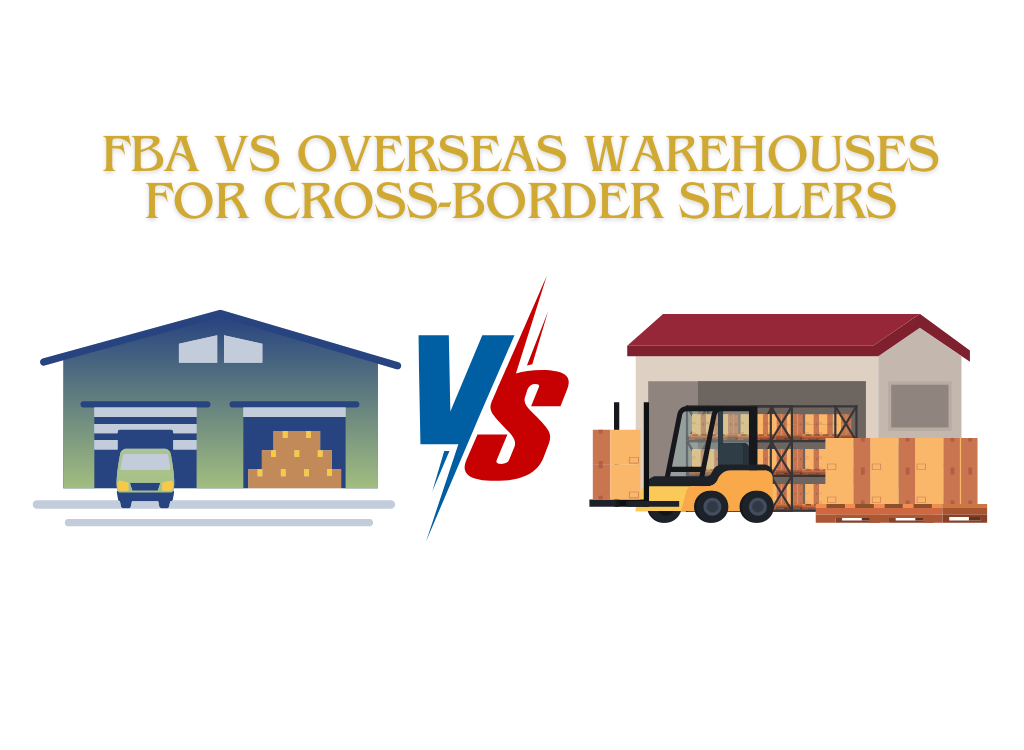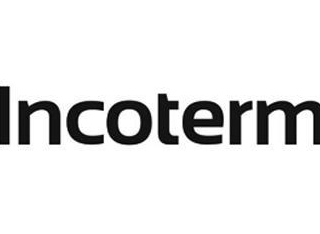FBA LCL Quote
FBA 40HQ FCL Quote
For Amazon sellers, especially those working with the best freight forwarders China to USA routes, understanding FBA first mile and last mile services is crucial for business success. These two stages of logistics form the backbone of your product's journey from manufacturer to customer doorstep, ultimately impacting your bottom line and customer satisfaction.
Whether you're a seasoned seller managing shipments from Chinese suppliers or just starting your Amazon FBA journey, mastering these logistics phases can be the difference between thriving and merely surviving in the competitive e-commerce landscape. Many sellers working along the China-USA corridor have discovered that choosing the right logistics partners and understanding these services is key to maintaining healthy profit margins.
First Mile Logistics: Your Products' Journey to Amazon
Think of first-mile logistics as your product's first steps into the world of e-commerce. It's the journey from your supplier or warehouse to Amazon's fulfillment centers, and while it might seem straightforward, it's often where sellers face their biggest challenges.
What Really Happens in the First Mile?
Your products embark on quite the journey before they even reach Amazon's warehouses. Here's what typically unfolds:
First, your goods leave their origin point – whether that's a factory in Shenzhen or a warehouse in Manchester. They then make their way through international shipping channels, which could involve anything from massive cargo ships crossing the Pacific to planes soaring over continents. Once they reach their destination country, they go through customs clearance (often the trickiest part) before finally arriving at Amazon's fulfillment centers.
Real-World First Mile Optimization
Sarah, an experienced seller of home goods, shared her first-mile strategy: "I used to exclusively ship by air to maintain fast inventory turnover. But after analyzing my data, I realized that mixing air and sea freight based on seasonal demand patterns cut my shipping costs by 40% while maintaining optimal stock levels." This hybrid approach has become increasingly common among successful sellers.
Consider these practical steps for your first-mile strategy:
Choose transportation methods based on your product's characteristics:
High-value, lightweight items often justify air freight
Bulky, lower-margin products typically suit sea freight better
Consider rail freight for China-Europe routes as a cost-effective middle ground
Last Mile Delivery: Where Customer Experience Matters Most
The last mile is where your customer's anticipation meets reality. It's the final journey from Amazon's fulfillment center to your customer's doorstep, and it's where the magic of customer satisfaction happens – or doesn't.
The Reality of Last Mile Operations
Amazon has revolutionized last-mile delivery expectations. When a customer clicks "Buy Now," a complex choreography begins:
Order processing and picking from the optimal fulfillment center
Strategic routing to maximize delivery efficiency
Real-time tracking updates that keep customers informed
Final delivery to the customer's chosen location
Making Last Mile Work for Your Business
Tom, who sells premium electronics on Amazon, noticed his customer satisfaction scores jumped from 4.2 to 4.8 after implementing a few key strategies: "We started including region-specific delivery instructions in our product listings and optimized our packaging to reduce damage rates. These simple changes made a huge difference in customer experience."
Practical Tips for Optimizing Your FBA Logistics
Cost Management Strategies
Understanding your logistics costs is crucial. Here's a practical approach:
Calculate your total logistics cost per unit:
Total Cost = (First Mile + Storage + Last Mile) / Number of Units
Then, look for optimization opportunities:
Consolidate shipments to reduce first-mile costs
Time your inventory replenishment to avoid peak season surcharges
Consider using Amazon's partnered carrier program for better rates
Technology Integration
Modern logistics requires modern solutions. Top sellers are using:
Inventory forecasting tools to optimize shipping schedules
Real-time tracking systems for better visibility
Automated customs documentation software
Future-Proofing Your FBA Logistics
The e-commerce landscape is constantly evolving. Stay ahead by:
Building relationships with multiple logistics providers
Keeping up with Amazon's policy changes
Regularly reviewing and optimizing your logistics strategy
Environmental Considerations
Sustainability is becoming increasingly important to consumers. Consider:
Using eco-friendly packaging materials
Optimizing load efficiency to reduce carbon footprint
Working with environmentally conscious logistics partners
Conclusion
Success in FBA logistics isn't just about moving products from point A to point B – it's about creating a seamless experience that delights customers while maintaining healthy profit margins. By understanding and optimizing both first-mile and last-mile operations, you're setting yourself up for long-term success in the competitive world of e-commerce.
Remember: The most successful FBA sellers are those who view logistics not as a necessary evil, but as a strategic advantage. Start implementing these strategies today, and you'll be well on your way to building a more efficient, profitable, and customer-focused Amazon business.
FAQs
What's the difference between FBA first mile and last mile logistics?
First mile covers shipping from supplier to Amazon warehouses, while last mile handles delivery from Amazon centers to customers' doorsteps.
How can I reduce FBA shipping costs?
Mix transportation methods (air/sea) based on seasonality, consolidate shipments, and use Amazon's partnered carriers for better rates.
What impacts customer satisfaction most in FBA logistics?
Last mile delivery speed and reliability, accurate tracking updates, and proper packaging to prevent damage during transit.



